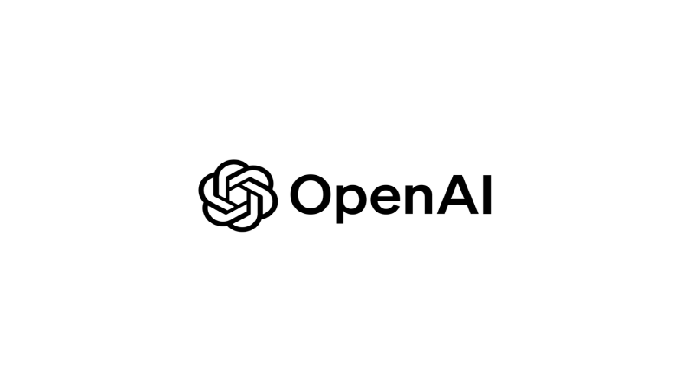OpenAI's GPT OSS: Democratizing AI Through Open Source

OpenAI's announcement of GPT OSS (Open Source Software) marks a significant strategic shift toward democratizing artificial intelligence. By releasing elements of its groundbreaking Generative Pre-trained Transformer technology as open-source projects, OpenAI aims to accelerate innovation while addressing ethical concerns surrounding proprietary AI.
What is GPT OSS?
GPT OSS refers to OpenAI’s initiative to open-source components of its GPT architecture, including model weights, training frameworks, and tools under permissive licenses. Unlike closed models like GPT-4, these resources are publicly accessible, allowing developers to inspect, modify, and deploy custom AI systems.
GPT-OSS is OpenAI’s first open-weight language model release in over five years, it is freely available under the Apache 2.0 license.
Two variants have been released
gpt-oss-120b – A large, high-performance model with about 117 billion parameters, runnable on a single 80 GB GPU (e.g., NVIDIA A100 or H100).
gpt-oss-20b – A compact, efficient model with around 21 billion parameters, designed for setups with just 16 GB of memory, making it ideal for local environments and edge devices.
Key Benefits of OpenAI's Open-Source Strategy
GPT-OSS democratizes access to powerful language models, you can run them on personal or school lab hardware instead of needing expensive cloud APIs.
Both versions demonstrate competitive results on key AI benchmarks, The 120b model performs close to OpenAI’s closed-model o4-mini on reasoning, math (AIME 2024 & 2025), competitive coding (Codeforces), general knowledge. The 20b model, despite being smaller, rivals o3-mini in many tasks and even outperforms it in math and health evaluations.
Open source enables trust and transparency to end users. Developers worldwide can build upon GPT’s foundation without reinventing the wheel. Developers can create plugins, integrations, and optimizations, build customized models etc.
Platforms like Hugging Face, Azure AI Foundry, AWS, and local tools like Ollama have all enabled easy access and deployment.
Challenges & Considerations
Training large models remains resource-intensive, gpt-oss-120b still requires an 80 GB GPU. gpt-oss-20b can run on consumer GPUs, but managing large context windows or inference speed may be challenging.
With open weights, protecting against misuse becomes the developer's responsibility. Extra caution is needed when deploying in public or high-stakes contexts.
Conclusion
By empowering a global community to innovate responsibly, OpenAI is helping shape a future where AI’s benefits extend beyond proprietary models. As developers worldwide fork repositories and submit pull requests, the true potential of GPT will unfold: not as a product, but as a collaborative human achievement. This will certainly increase the usage of GPTs in various domains.

